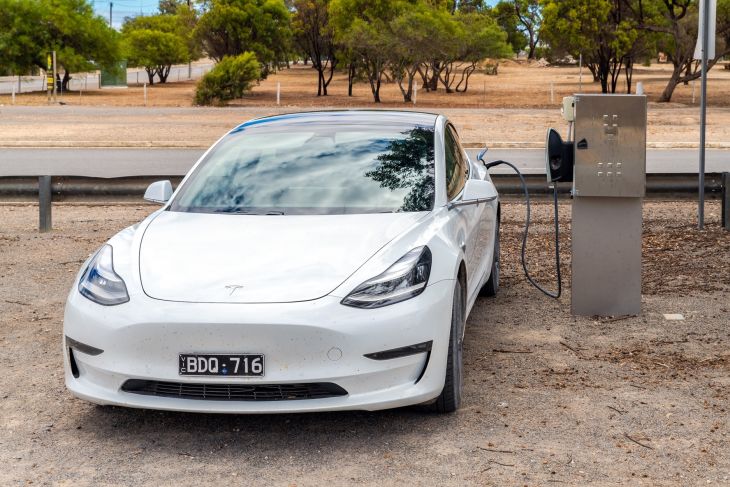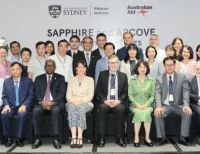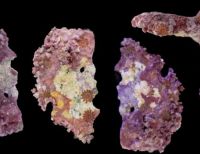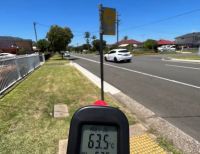Critics of EVs claim these vehicles are a form of greenwashing. If the power grid runs on dirty coal, the vehicles run on dirty coal.
Is this correct? Yes and no. First, battery electric vehicles have the benefit of zero tailpipe emissions, meaning city air quality will slowly improve.
But do they just push emissions out of the cities and into the hinterland, where the power plants are?
The answer is, it depends. Take the popular Tesla Model 3 as an example. These battery electric sedans are manufactured in both China and the United States. The Teslas we buy here in Australia are typically made in China.
While China is building out its renewable sector at tremendous speed, for now it is is still heavily reliant on black coal. The US, meanwhile, relies much more on gas, which produces fewer emissions when burned. That means a Tesla made in China is estimated to create 154% more emissions than the same vehicle made in the US.
As such, an Australian Tesla driver is (inadvertently) more polluting than their US counterpart – but still much less so than a driver of an equivalent petrol vehicle.
Where the EV is driven also matters. For example, a Tesla Model 3 driven in New South Wales and charged at public chargers will produce nearly 15,500kg of carbon dioxide equivalent over a 16-year timeframe. That’s because the state still has several coal-fired power stations, though this is changing. By contrast, drive and charge it in hydroelectricity-powered Tasmania and you’ll generate less than 500kg.
















